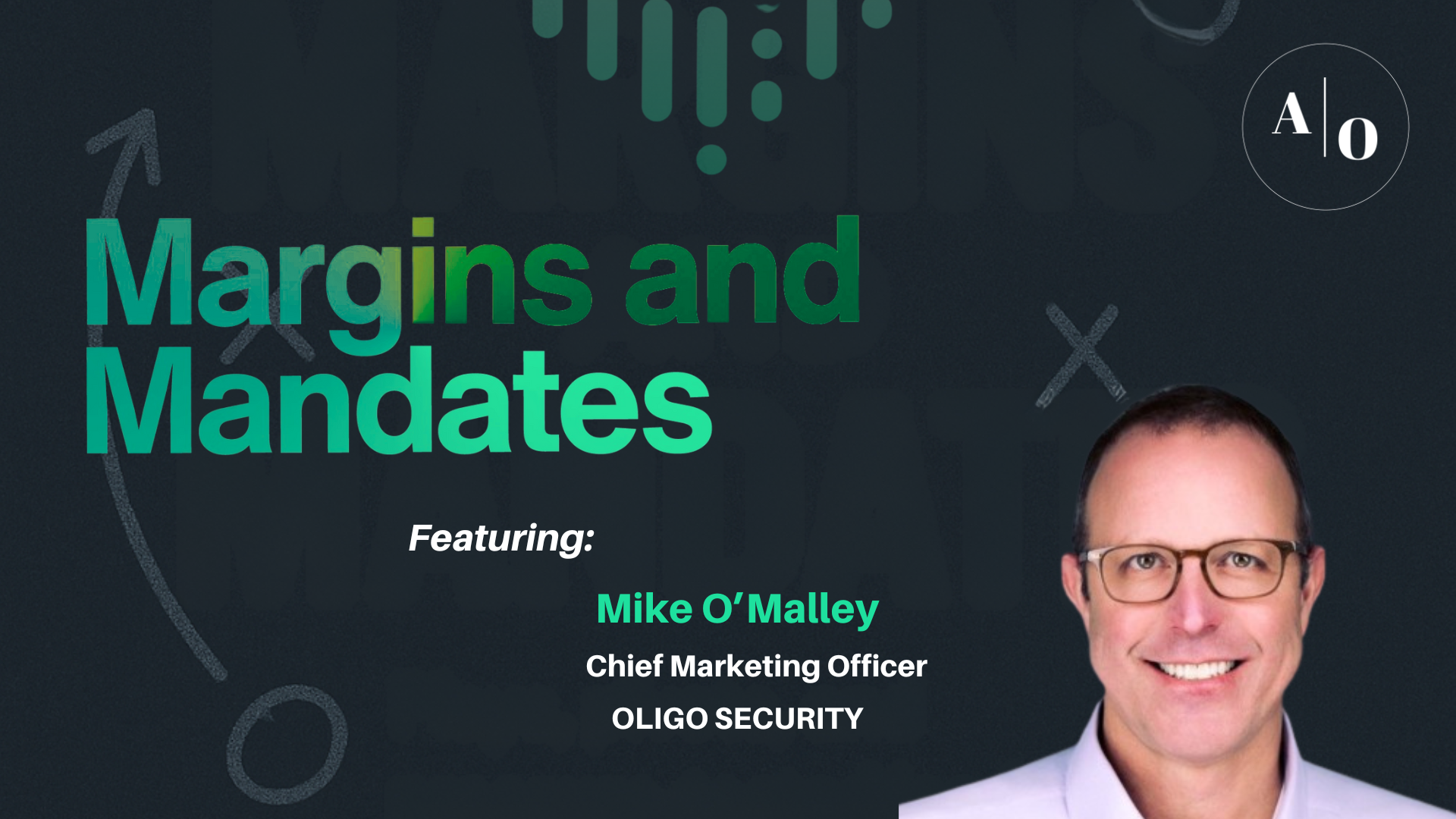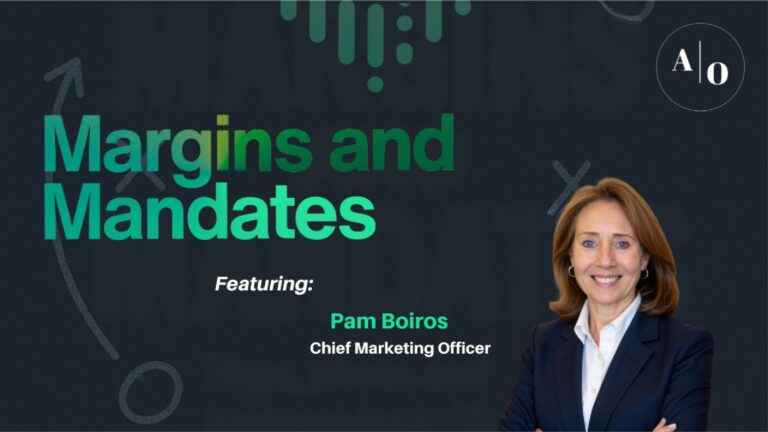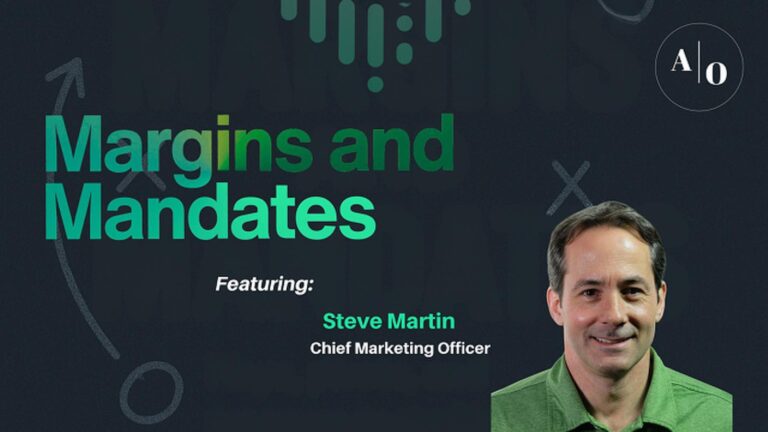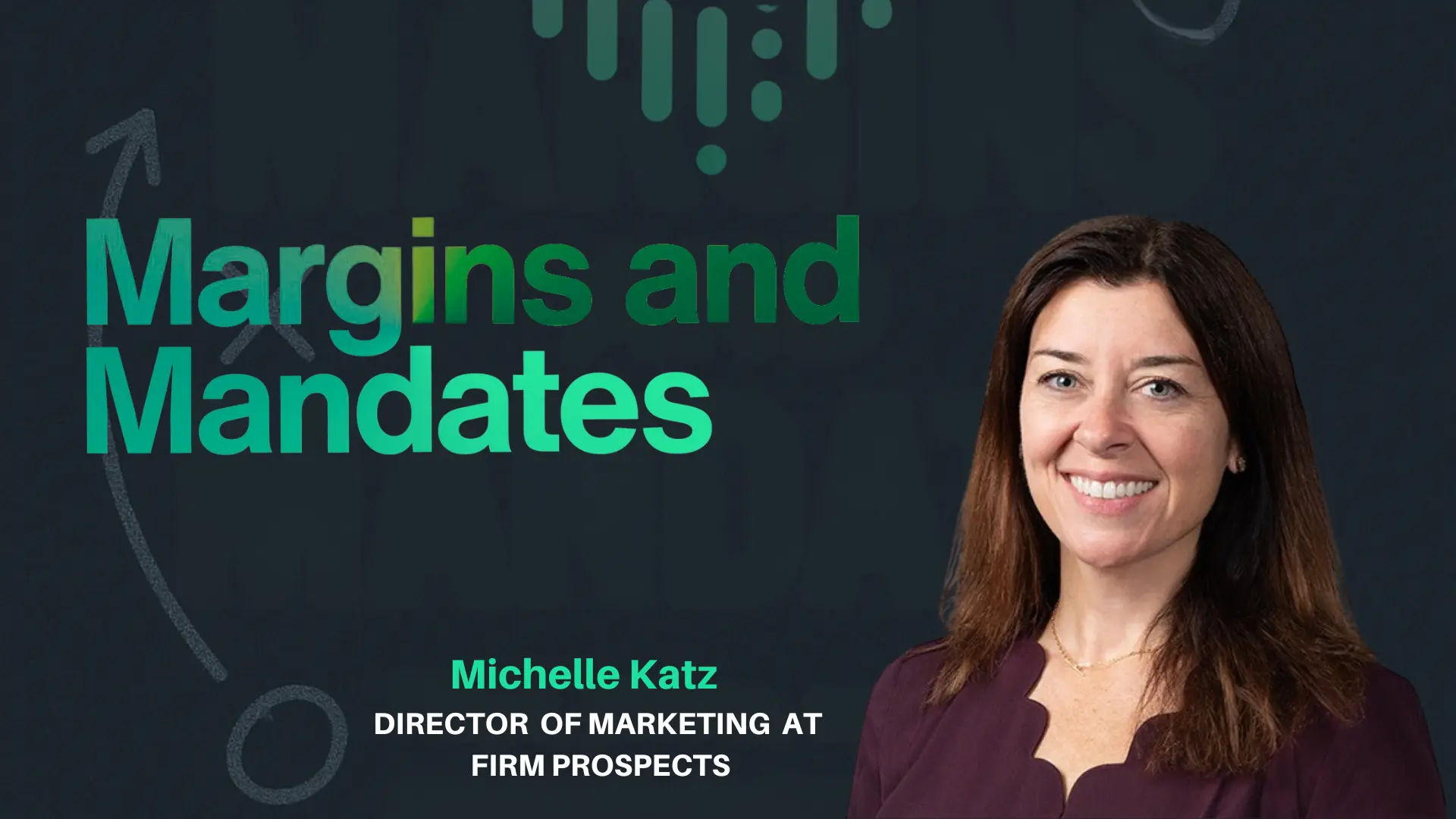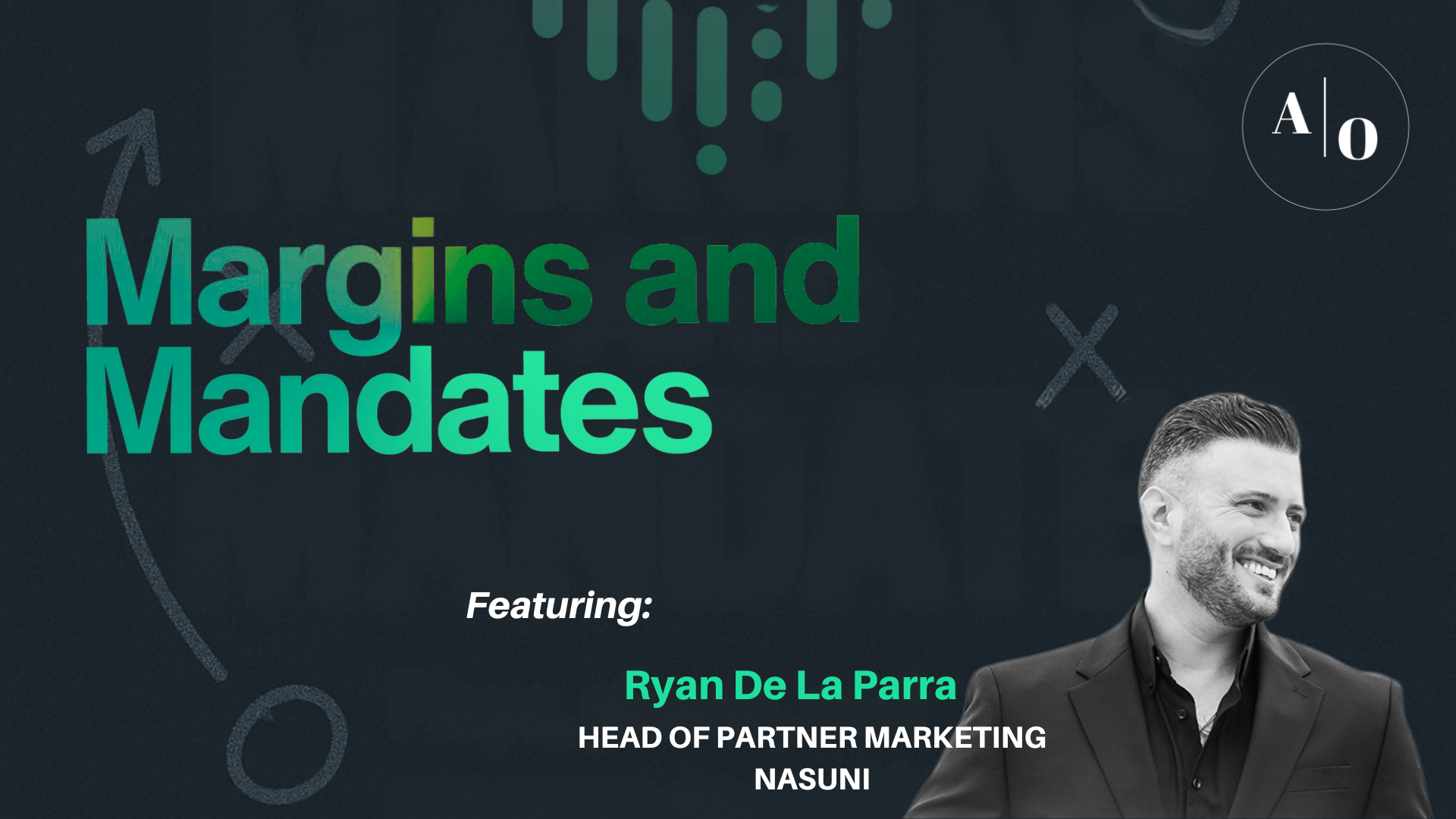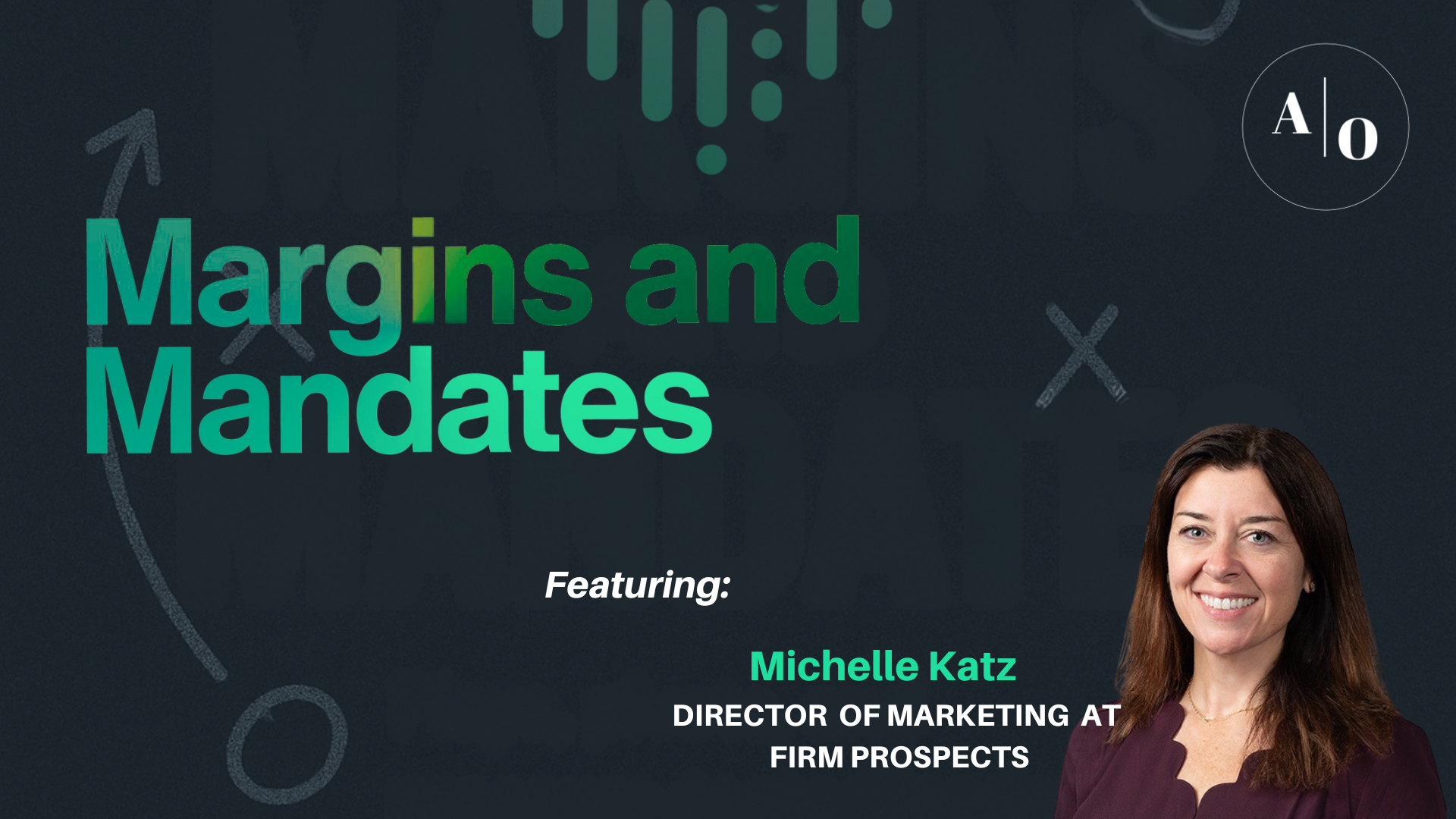In our post “Customer-Led Growth and Product-Led Growth: Friends or Foes?” we discuss how the emergence of Customer-Led Growth (CLG) as a leading strategy to fuel sustainable growth requires closely evaluating traditional roles and functions across the company.
Some pundits believe that Professional Services (PS) no longer has a role in growth-oriented SaaS businesses since little value can be created with low-margin, non-recurring revenue. Others argue that Customer Success (CS) is becoming obsolete, as traditional CS is a caretaker – overhead that is only a luxury in the age of profitable, efficient growth.
Leading SaaS enterprises recognize the validity of both perspectives and actively seek strategies to evolve their organizations, talent, and services to deliver an unparalleled customer experience. This article delves into how modern SaaS companies can revolutionize their approach to professional services, aligning closely with customer needs and driving significant growth.
Unpacking Customer-Led Growth
Dave Jackson, a thought leader in Customer-Led Growth strategies, published a recent article, “Are CS Departments Facing an Existential Crisis?” In his article, he suggests that despite the massive investment companies have made in building customer success capabilities in the form of teams of customer success managers, customer retention has not meaningfully improved. He argues that the discipline of customer success is essential, but the practices and structure many SaaS companies employ are failing. In turn, CS leaders are often accused of being focused only on building large organizations, blaming Sales and Product for churn, and shirking revenue responsibility by arguing that the act of selling soils the customer’s view of the CSM as a trusted advisor.
Customer-Led Growth is based on the premise that customer success (small c and small s) should be the focal point of the entire company. Frank Slootman, former CEO of Snowflake believes, “If you have a Customer Success department, that gives everyone else an incentive to stop worrying about how well our customers are thriving with our products and services.” More importantly, typical success metrics like NRR and GRR should be tracked but are immaterial from a customer’s perspective.
Jackson concludes, “The market shift in 2022 resulted in many customers canceling SaaS subscriptions and significantly raising the threshold for any new purchases. Those who survived typically had a simple advantage: they could show how they improved results in metrics that mattered to the people buying and using their product. The common key to new customer, retention and expansion revenue was, and is, proving in measurable terms, your value to customers.” [1]
With this premise in mind, you can open the box and start unpacking CLG and how organizations across the company can align on customer value attainment in their initiatives and priorities. We want to drill down here on an often-forgotten part of the business and review how Professional Services can contribute and how your PS framework can evolve in today’s market.
The Evolution of the Professional Services Business Model
The contribution of Professional Services to a software company from both a customer acquisition/retention and financial perspective has always been debated. How much non-recurring and dilutive revenue is too much? How do a company’s service offerings compete with those of its channel partners? How should Sales be compensated for PS sales?
SaaS and the Impact on Professional Service Models
By the end of 2023 , more than 90% of global enterprises were relying on some form of hybrid (combination of private and public) cloud deployment. The market size of SaaS products and services grew more than 19% to $145 billion in 2023.
Gartner [3]
The evolution of SaaS has created a new dimension in the PS debate. Despite this shift to the cloud, traditional computer and network infrastructure companies use professional services to drive revenue and boost their overall profits. However, even well-established SaaS companies are making meaningful sacrifices of revenue and profit for the sake of leveraging PS to improve the Annual Recurring Revenue (ARR). This trend is even more pronounced, with hyper-scalers adopting the pay-as-you-go model and using professional services to attract new clients, even if it means taking a loss at first.

With the massive shift toward cloud-based solutions, traditional professional services deals (product-led, project-based, implementation-oriented services) have dwindled. Companies are investing in new capabilities and repeatable, scalable offerings to stay relevant. This is manifested in the fact that services are being made available in more bite-sized, on-demand packages at lower costs and with rapid delivery to meet changing product needs and customer preferences.
These packaged services are mostly lumped into four categories.
- Visioning services – focused on understanding customer needs often during the sales process to accelerate sales deal velocity and tee up follow-on professional services engagements at higher value and margins.
- Assessment services – help customers evaluate current-state technology and tooling landscape and design SaaS- and consumption-based solutions that help deliver desired customer outcomes.
- Migration and adoption services – help customers deploy, integrate, and configure solutions, migrate data, and go live faster.
- Optimization services – leverage usage data to proactively work with customer teams to build hands-on product experience, accelerate adoption, automate business operations, and shape business outcomes.
For example, Splunk offers a range of easy-to-use, pre-made services like advice, setup, and training that customers get when they buy a product. They get credits regularly, which they can use to buy specific services (like creating a new dashboard) from Splunk’s service catalog to help them succeed throughout their product use. [4]
Leveraging Professional Services for Customer-Led Growth
The evolving role of professional services organizations in SaaS- and consumption-based companies means that the lines between professional services, customer success, and sales are often blurred. Traditional performance measures and assumptions for PS organizations, like utilization, realization, and profitability, tend to create friction in this environment.
If you have a Customer Success department, that gives everyone else an incentive to stop worrying about how well our customers are thriving with our products and services.
Frank Slootman, former CEO of Snowflake
Top SaaS companies implement an effective engagement model that fosters collaboration among customer-facing service functions through incentives and broadens the role of professional services as a catalyst in delivering desired customer outcomes.
Software as a Service (SaaS) and consumption-based software firms striving to boost adoption and target new market segments can leverage four strategic moves spanning their value chain, from strategy development to product delivery.
Set a clear PS strategy – If the goal is to leverage PS in achieving positive customer outcomes, this must be stated and understood clearly, but more importantly metrics must be aligned to ensure drive behaviors and set expectations across functions. This could mean measuring time to value for PS engagements, long-term adoption, or customer health metrics and, from an operational perspective, potentially having lower utilization targets to account for time spent on adoption activities.
Develop Pre-Packaged Solutions – Continue to refine the service offering portfolio by designing packaged solutions based on the categories defined earlier. The goal is to make PS easy for customers to buy and consume. Offerings that build upon each other in a series that maps to the customer lifecycle can be very effective in maintaining engagement and increasing the likelihood of long-term adoption.
Another way to improve long-term engagement is to strategically price these packages based on the phase of the lifecycle. A recent study by Deloitte showed that companies are more likely to provide visioning and assessment services as an investment or at break-even costs to gain customer mindshare. [2]

Introduce value-based pricing – value-based pricing can be leveraged in later-stage engagements with more mature customers to make up some of the margin from investments made earlier in the engagement. According to the Deloitte survey, a third of companies leverage value-based pricing in optimization and operational engagements.
Rethink talent model, skills, and delivery centers – in addition to leveraging offshore labor pools for cost advantages, outsourcing or partnering with other service providers, leveraging contractors or gig economy expertise, and finding ways to pool resources across organizational functions will improve results.
Conclusion
The perspectives surrounding Professional Services (PS) and Customer Success (CS) have undergone significant changes in recent years. As some pundits question the relevance of these departments due to perceived low margins and overhead costs, leading SaaS enterprises are innovating to redefine their roles in fostering Customer-Led Growth (CLG). The shifting dynamics between PS and CS highlight the importance of evolving strategies to deliver unparalleled customer experiences while aligning with broader business goals.
Resources
- Dave Jackson, Customer-Led Growth Blog “Are CS departments facing an existential crisis?“, January 2024
- Deloitte, Perspectives, “Evolving role of professional services in software companies“
- Gartner, “Gartner forecasts worldwide public cloud end-user spending to grow 18% in 2023,” November 2022.
- Splunk, “Success plans,” August 2022.


